When we think of intelligence, we often picture humans or animals solving puzzles, but plants are quietly rewriting the rules. Across forests and fields, certain species are displaying abilities that echo mathematical thinking—from counting to remembering numbers. Scientists have uncovered plants that can time their growth, solve complex problems, and even “remember” past encounters. These revelations challenge our traditional understanding of plant life and hint at a hidden world of botanical intelligence. Recent studies now suggest that plants might be far more mathematically savvy than we’ve ever imagined, opening a new chapter in the story of nature’s ingenuity.
1. Venus Flytrap: Counting Trigger Hairs

The Venus flytrap is a master of botanical math. This carnivorous plant counts the number of times its sensitive trigger hairs are touched before snapping shut. At least two touches within 20 seconds are required for the trap to close, ensuring that only genuine prey—rather than wind or raindrops—triggers the action. This clever counting mechanism helps the Venus flytrap conserve precious energy and avoid false alarms. Learn more
2. Mimosa Pudica: Remembering Past Touches
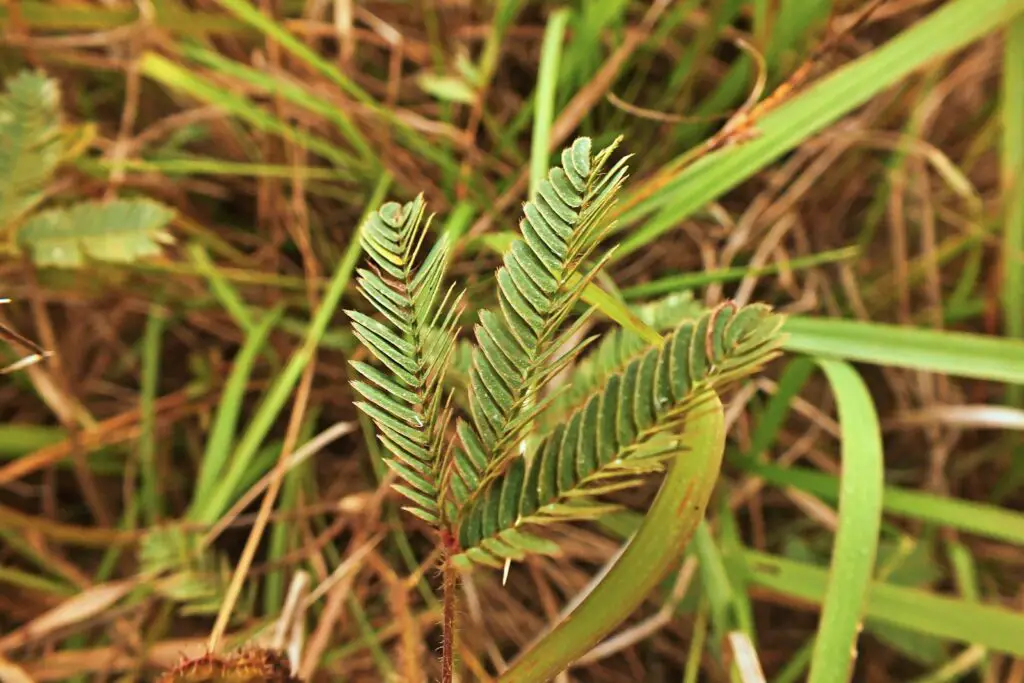
The fascinating Mimosa pudica, or “sensitive plant,” demonstrates an impressive ability to “remember.” When touched repeatedly without harm, it gradually stops folding its leaves—a process called habituation. This response shows that Mimosa pudica can learn from experience, much like some animals do. Scientists view this as a simple yet striking form of memory in plants, hinting at a deeper level of intelligence. Read more
3. Sundew: Timing the Trap
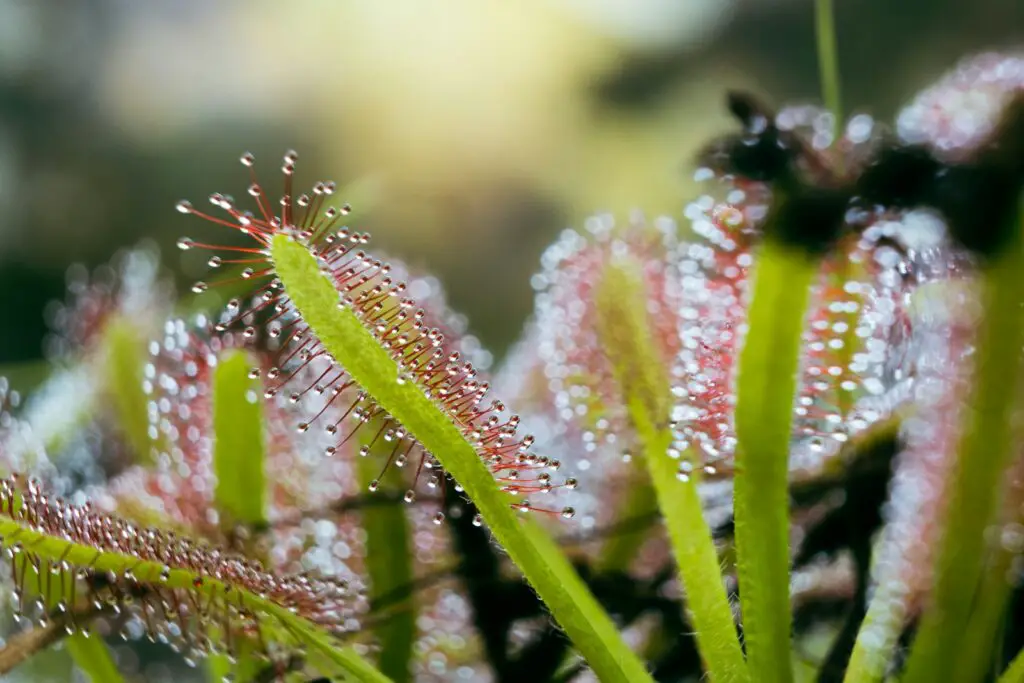
Sundew plants have evolved a remarkable way to capture prey. Their sticky tentacles curl inward, but not at random—they use a timing mechanism that remembers the interval between touches.
By “counting” these touches and recalling their timing, sundews optimize their movements to maximize capture success.
This process combines elements of counting and memory, similar to the Venus flytrap, yet showcases its own unique botanical strategy.
Reference
4. Arabidopsis: Tracking Day Lengths

Arabidopsis thaliana is a tiny plant with a remarkable sense of time. It “counts” daylight hours to decide exactly when to flower—a process called photoperiodism.
This ability relies on internal clocks and sophisticated calculations, ensuring reproduction happens at the most favorable time.
Arabidopsis serves as a model for understanding how plants use math to thrive in changing environments.
Learn more
5. Maize: Counting Kernel Rows

Maize, or corn, showcases a natural form of counting by regulating the number of kernel rows on each ear. This isn’t random—genetic programming and intricate signaling pathways help the plant “measure” and adjust its cell division rates. The result is a precise and consistent pattern, ensuring optimal seed production and efficient resource use. Maize’s ability to count at a cellular level highlights the complex math underlying plant development. Reference
6. Bamboo: Precise Flowering Intervals

Certain bamboo species possess one of nature’s most astonishing timing abilities. These plants flower just once every several decades—sometimes after counting as many as 120 years. Amazingly, all individuals of a species will flower in perfect synchrony, regardless of their location. This synchronized mass flowering is guided by an internal “calendar,” an extraordinary feat of long-term biological timing. After flowering, the plants die, completing a life cycle counted out over generations. Read more
7. Pea Plants: Remembering Light Directions
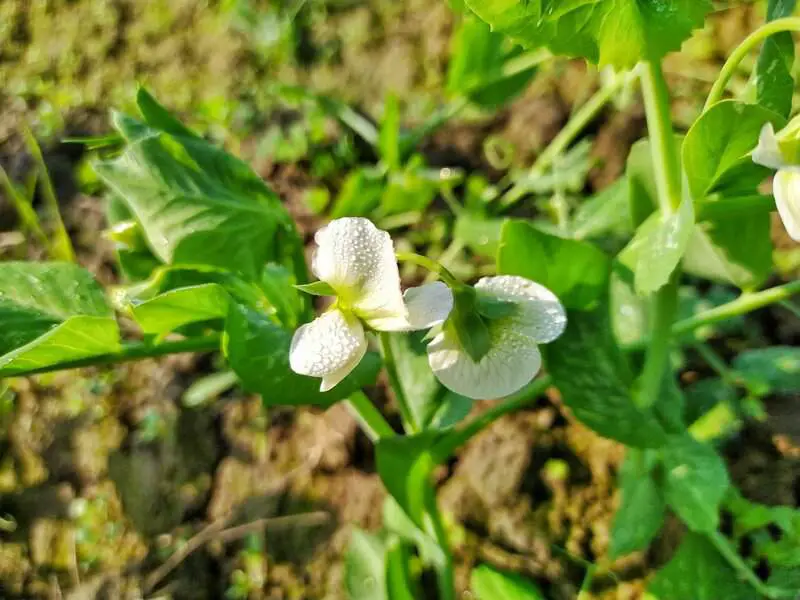
Pea plants exhibit a remarkable kind of spatial memory. They can “remember” the direction from which light was previously received and continue to grow toward that spot, even after the light source is gone. This adaptation allows them to maximize their exposure to sunlight, boosting their chances for healthy growth. Such memory-driven behavior demonstrates that plants can store and use information about their environment in surprisingly sophisticated ways. Learn more
8. Sunflowers: Tracking the Sun’s Path

Sunflowers are famous for their heliotropism—the ability to track the sun’s journey across the sky each day. This graceful movement from east to west is guided by internal circadian clocks that “remember” the sun’s position and anticipate its movement. By aligning their faces to the sun, sunflowers maximize photosynthesis and growth efficiency. This daily dance reveals a sophisticated internal system that combines memory, timing, and environmental awareness. Reference
9. Night-Blooming Cereus: Counting Warm Nights

The night-blooming cereus employs a unique strategy for survival. Before blooming, it “counts” a precise number of warm nights to ensure its spectacular flowers open when pollinators are most active.
This remarkable adaptation demonstrates how plants can integrate and remember environmental cues, timing their reproductive efforts for maximum success.
The cereus’s ability to track temperature patterns reveals a hidden mathematical sophistication in the plant world.
Read more
10. Pitcher Plants: Measuring Prey Numbers
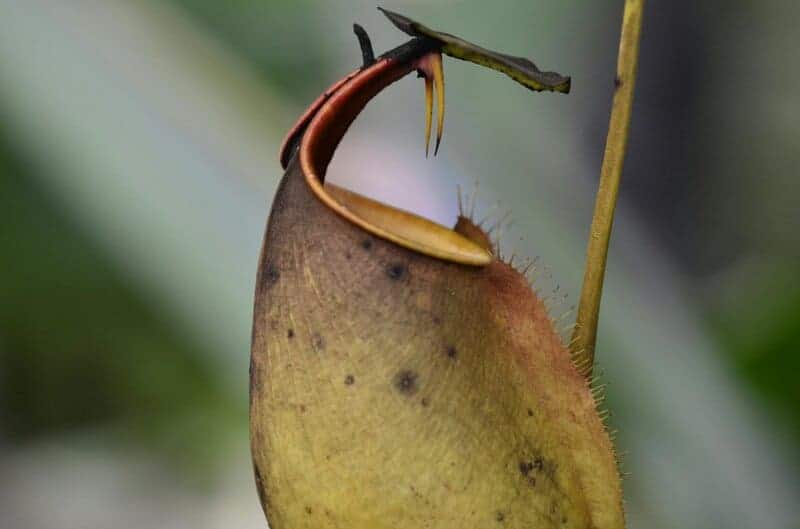
Pitcher plants showcase a clever approach to survival by “counting” the number of insects they trap. When more prey is captured, the plant increases its digestive enzyme production, optimizing nutrient absorption. This precise adjustment allows pitcher plants to conserve energy and maximize the benefits from each meal. By measuring prey numbers, these remarkable plants demonstrate an impressive, built-in form of resource management. Learn more
11. Barley: Seed Dormancy and Counting Cold Days

Barley seeds possess a remarkable molecular “counter” that tracks the number of cold days before they break dormancy and germinate. This precise internal system relies on epigenetic memory and vigilant environmental monitoring, ensuring seeds only sprout when spring conditions are ideal. By counting cold exposures, barley maximizes its chances of survival and successful growth—a testament to the sophisticated decision-making abilities found in plants. Reference
12. Oak Trees: Remembering Masting Cycles

Oak trees participate in a phenomenon called masting, where they coordinate massive acorn production every few years. This synchronization isn’t random—oaks “remember” previous acorn yields and track environmental signals, such as weather and resource availability. By counting and recalling these factors, oaks ensure enough acorns are produced to satiate predators and boost seed survival. This intricate process highlights both numerical memory and environmental awareness in these iconic trees. Read more
13. Wheat: Counting Leaf Numbers Before Flowering

Wheat plants display a fascinating ability to “count” as they grow. Before shifting from vegetative growth to flowering, wheat carefully tracks the number of leaves produced. This developmental countdown is orchestrated by a mix of genetic and hormonal signals, ensuring that flowering occurs at the most beneficial moment for reproduction and yield. Wheat’s leaf-counting strategy is a subtle yet powerful example of plant-based math at work. Learn more
14. Rice: Remembering Flood Events
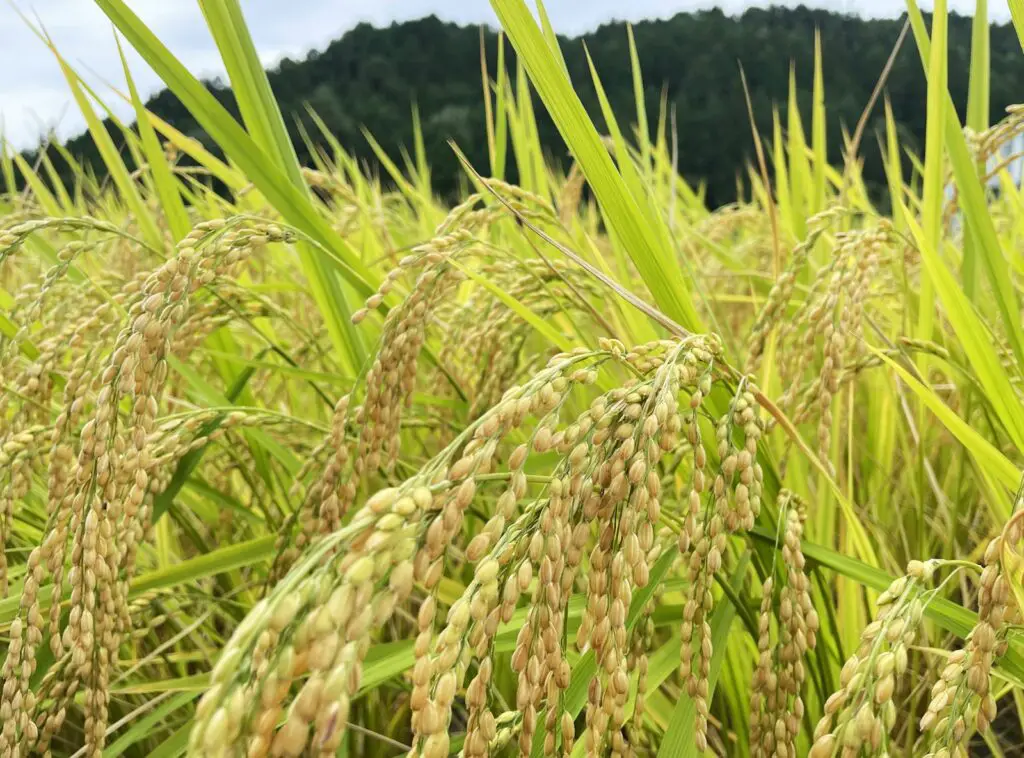
Rice plants exhibit an impressive ability to “remember” past flooding events. When exposed to submergence, rice adapts its growth patterns for better survival if floods occur again. This form of adaptive memory is not only fascinating but also vital for developing resilient crops in flood-prone areas. By recalling previous environmental stress, rice demonstrates a remarkable capacity to learn from experience and adjust its future responses. Reference
15. Soybean: Counting Nodules
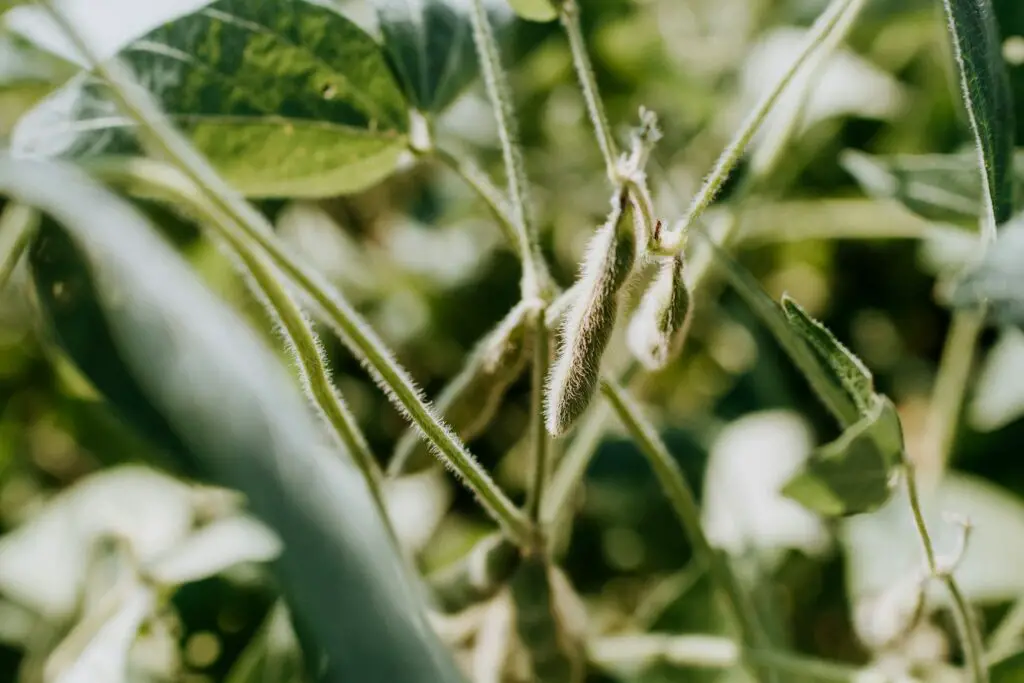
Soybean plants form partnerships with nitrogen-fixing bacteria, creating special root nodules. Remarkably, they “count” the number of these nodules and regulate further formation to balance nutrient uptake. This resource-based counting ensures the plant allocates energy efficiently, preventing unnecessary nodule production and optimizing growth. The soybean’s ability to monitor and control its internal resources is a subtle but powerful demonstration of botanical math. Read more
16. Tomato: Tracking Fruit Set

Tomato plants possess an impressive ability to monitor the number of fruits that have set on their branches. By keeping track of fruit production, they can adjust flowering and resource allocation to strike a balance between growth and reproduction.
This internal counting mechanism allows tomatoes to optimize their yield and health, demonstrating a finely tuned sense of biological arithmetic.
Learn more
17. Lotus: Remembering Water Levels

Lotus plants display a sophisticated form of environmental memory by adapting their growth to previously experienced water level fluctuations.
By “remembering” these changes, lotuses can optimize the height of their leaves and stalks, ensuring they thrive even in unpredictable, variable environments.
This adaptive strategy enhances both survival and reproductive success, showing how memory and math intertwine in the plant world.
Reference
18. Snapdragon: Counting Petal Whorls
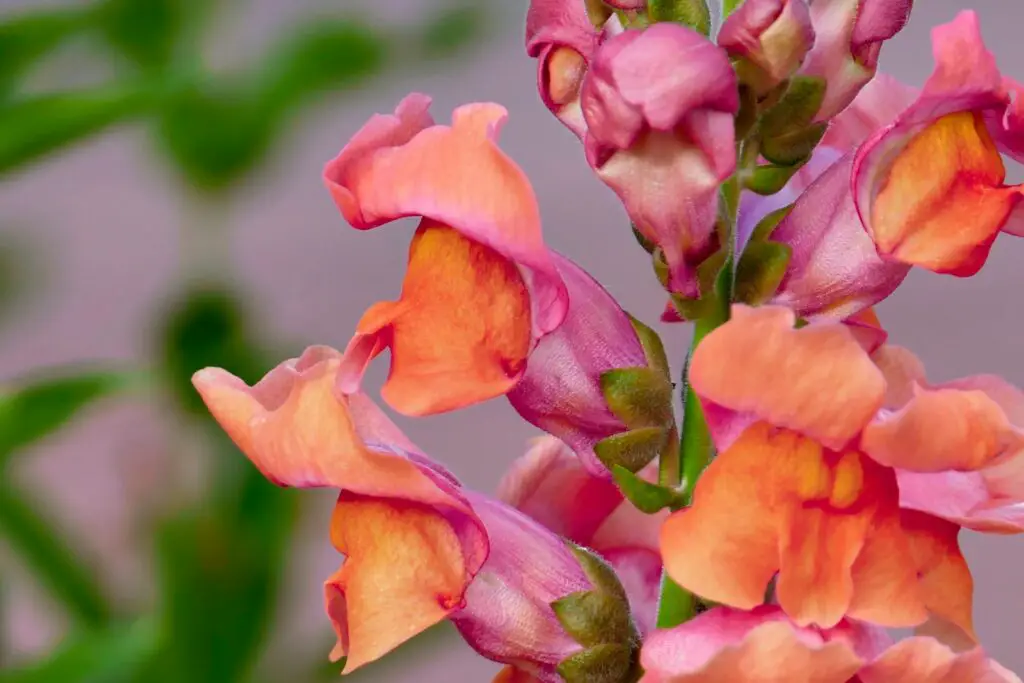
Snapdragon flowers are renowned for their consistent and precise floral structure. They develop a fixed number of petal whorls, thanks to genetic “counters” that guide their formation. This biological precision ensures each flower is ideally shaped for pollinators, increasing the likelihood of successful reproduction. The snapdragon’s natural ability to count and control its floral architecture highlights the mathematical elegance present in plant development. Read more
19. Orchids: Timing Flower Opening

Orchids employ a remarkable timing mechanism by “counting” the number of days after pollination before opening their next flower. This strategic delay ensures that pollinators and resources are efficiently utilized, increasing the odds of successful fertilization for each bloom. By synchronizing flower opening with precise timing, orchids demonstrate how mathematical processes can drive reproductive success in the plant kingdom. Learn more
20. Pine Trees: Counting Growth Rings

Pine trees are natural timekeepers, forming a new growth ring with each passing year. These rings not only “count” the years of growth but also record environmental conditions—like drought or abundance—experienced by the tree. This annual counting helps the pine allocate resources efficiently and serves as a biological chronicle, offering valuable insights for scientists studying climate and ecosystem history. Reference
21. Coffee Plant: Remembering Pruning Cycles
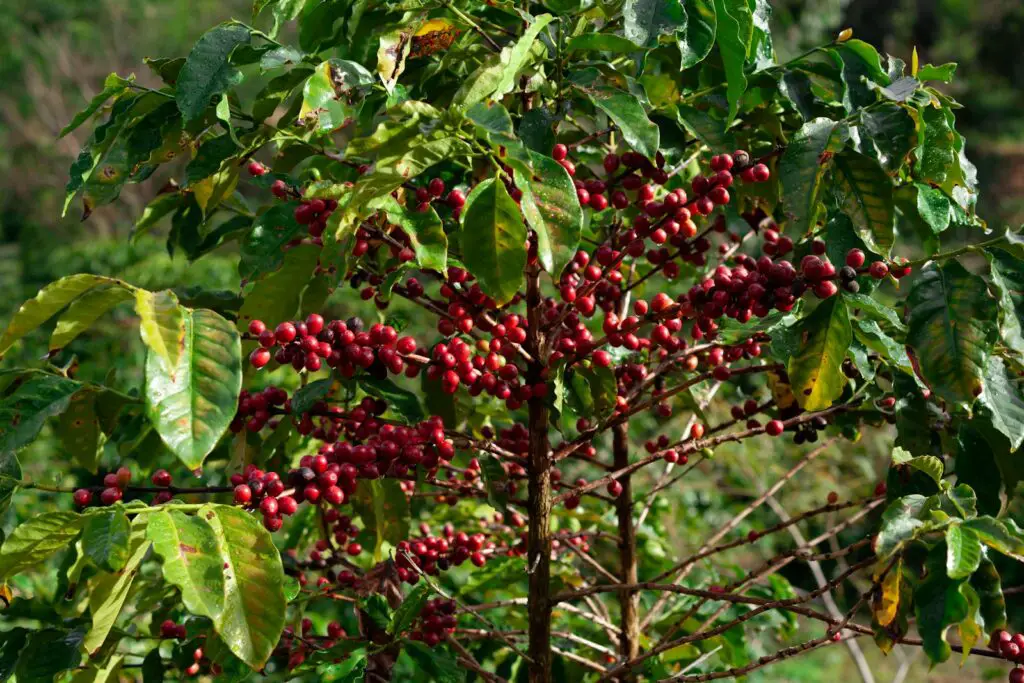
Coffee plants display a fascinating ability to “remember” previous pruning events, with lasting effects on their future growth and flowering.
This botanical memory is thought to be encoded through changes in hormones and gene expression, allowing the plant to adapt and optimize its development over time.
Such responses demonstrate how even cultivated plants use past experiences to inform their future, blending memory and biology.
Read more
22. Avocado: Alternate Bearing and Counting

Avocado trees are known for their alternate bearing habit—producing abundant fruit one year and much less the next. This pattern isn’t random; avocados “count” and remember past harvests, using this memory to regulate future flowering and fruit set. By balancing energy investment across seasons, avocado trees optimize their survival and reproductive success, showcasing yet another example of plant-based counting in action. Learn more
23. Ginkgo: Timing Leaf Drop

Ginkgo trees display remarkable timing by dropping their leaves in unison each autumn. They achieve this by tracking day length and temperature, effectively counting environmental cues to anticipate winter’s arrival.
This precise synchronization helps ginkgoes conserve resources and survive in temperate climates, highlighting the mathematical strategies embedded in their seasonal rhythms.
Reference
24. Potato: Counting Tuber Initiation Points
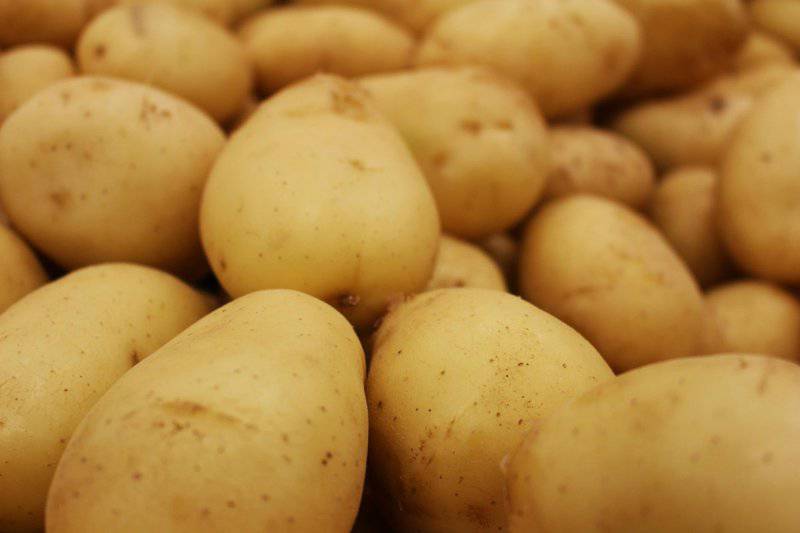
Potato plants possess an internal counting ability to regulate the number of tuber initiation points. By monitoring how many tubers begin to form, potatoes can adjust further growth and allocate energy efficiently.
This careful regulation ensures that the plant’s resources are balanced for both survival and successful reproduction, reflecting another subtle yet powerful example of botanical math.
Read more
25. Carrot: Remembering Carbohydrate Storage
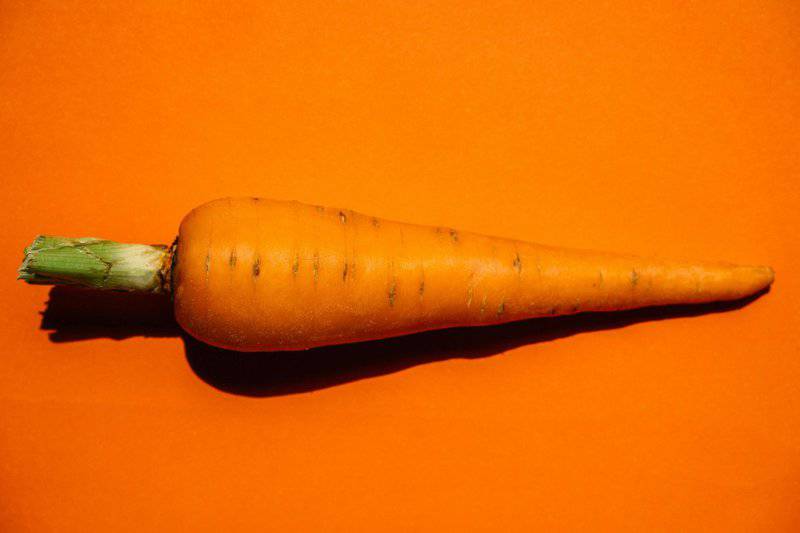
Carrot plants showcase a form of metabolic memory by monitoring the carbohydrate reserves stored in their roots. They “remember” these energy levels and adjust both leaf and root growth to ensure there is enough fuel for flowering and reproduction.
This internal tracking system allows carrots to synchronize their life cycle with resource availability, further demonstrating the astonishing intelligence embedded in plant biology.
Learn more
26. Cassava: Counting Root Divisions
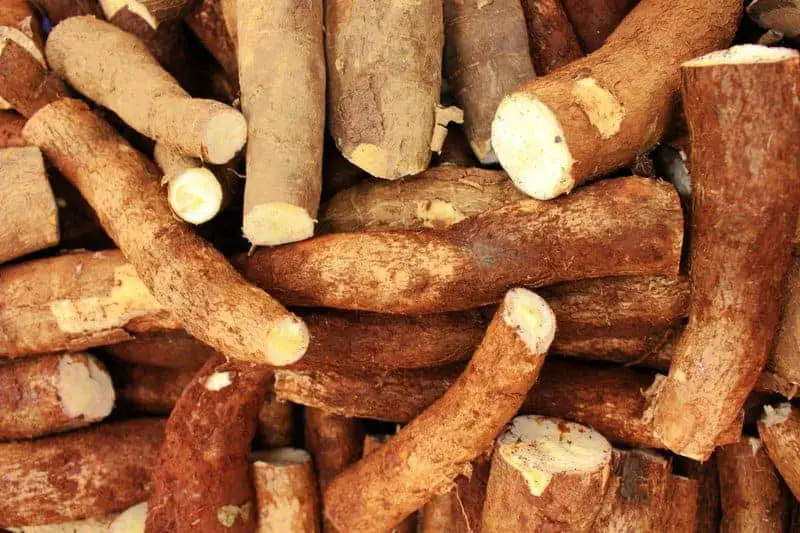
Cassava plants demonstrate a remarkable ability to “count” as they regulate the number of storage roots formed underground. This process involves tracking internal developmental cues and is finely tuned by genetic controls.
By optimizing the number of root divisions, cassava maximizes both growth and yield, ensuring the plant’s long-term survival and productivity—a subtle, yet effective display of botanical mathematics.
Reference
27. Grapevine: Remembering Drought Events

Grapevines possess an impressive environmental memory, allowing them to “remember” previous droughts. After experiencing water stress, they adjust water usage and root growth patterns during subsequent dry spells.
This adaptive response helps grapevines survive and thrive in challenging conditions, revealing yet another example of sophisticated plant intelligence.
Such memory-driven strategies are vital for long-term resilience and sustainable fruit production.
Read more
28. Cactus: Counting Rainfall Events

Cacti exhibit a remarkable ability to “count” rainfall events in their harsh desert homes. By tracking the frequency of rain, they adjust their water storage and flowering cycles to make the most of scarce resources.
This finely tuned adaptation allows cacti to thrive where water is unpredictable, demonstrating another ingenious example of plant-based mathematics for survival.
Learn more
29. Olive Tree: Remembering Fruit Load

Olive trees possess a unique memory for their previous season’s fruit load. By “remembering” how many olives were produced, they regulate the number of flowers and fruits set in the following year.
This adaptive mechanism helps maintain long-term productivity and balance energy reserves, showcasing yet another example of sophisticated counting and memory in the plant world.
Reference
30. Blueberry: Counting Chill Hours

Blueberry plants have a built-in clock for counting chill hours—the cumulative time spent below a specific temperature during winter. Only after reaching this threshold do they initiate flowering.
This precise timing ensures that blooming takes place after winter’s risk has passed, greatly improving the chances for successful pollination and fruit set.
Blueberries’ ability to track cold exposure highlights yet another layer of mathematical intelligence in plant life.
Read more
Conclusion

The extraordinary examples explored throughout this article reveal that plants are far more than passive greenery. From counting trigger hairs and chill hours to remembering droughts and fruit loads, their mathematical skills are both diverse and sophisticated.
These abilities empower plants to adapt, optimize, and thrive in an ever-changing world. The next time you walk through a garden or forest, consider the invisible calculations unfolding all around you.
Nature’s intelligence is everywhere—sometimes, it just happens to be rooted in place.



Vielleicht interessiert es Sie:
Wussten Sie! Minensuchratten auf dem Schlachtfeld und sie sind super effektiv!
Wie viele Giraffenarten gibt es? Leben sie alle in Afrika?
Der Vogel ist das Weibchen der Vögel: wahr oder falsch?
Warum bauen Biber Dämme? Welchen Nutzen?
Warum leben manche Tiere nachtaktiv? Welche Vorteile?
Küssen Tiere? Ist das die gleiche Bedeutung wie Menschen?
200+ Hilarious Seahorse Jokes That Will Make You Smile and Giggle
200+ Funny Investment Jokes to Boost Your Financial Humor Game